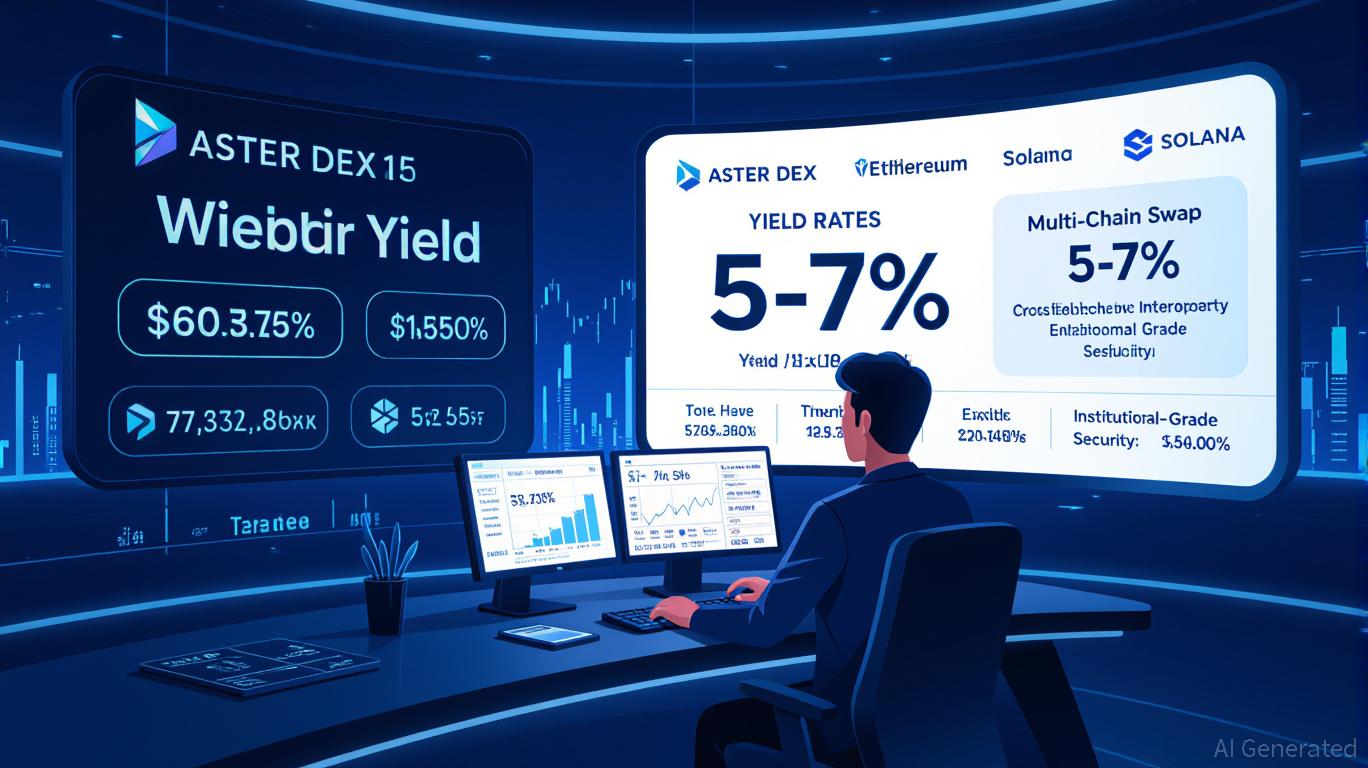Ethereum Moves 3x Faster Than Bitcoin, Study Says
While the crypto market seeks a new balance, an analysis by Glassnode reveals a major strategic divergence: bitcoin holders hold, Ethereum holders mobilize. Beyond community rivalries, these data reveal two opposing visions of crypto value. One is based on reserve, the other on use. This behavioral gap, often neglected, could well redefine the power balance within a rapidly evolving ecosystem.

In Brief
- A Glassnode study reveals very different behaviors between Ethereum and Bitcoin holders.
- ETH investors mobilize their coins three times more than BTC holders, according to on-chain data.
- This phenomenon is explained by Ethereum’s functional use in dApps, DeFi, and transaction fees.
- Conversely, Bitcoin is seen as a store of value: its holders prefer to keep their assets long term.
Intensive use reflecting the network’s functional purpose
According to a recent report published by Glassnode, Ethereum holders are much more inclined to part with their cryptos than bitcoin investors, while institutional investors turn their backs on both assets .
The report states unequivocally : “long-term ETH holders mobilize their old tokens at a rate three times higher than BTC holders, showing they are much more willing to part with them, a behavior reflecting a logic of utility use rather than simple holding”.
This data illustrates a fundamentally different behavior between the two communities: where bitcoiners keep their cryptos as long-term savings, Ethereum users actively mobilize them to interact with the ecosystem.
This dynamic is explained by the deeply utilitarian nature of the Ethereum network. Unlike bitcoin, often seen as a passive store of value, Ethereum acts as a transactional infrastructure. The Glassnode report highlights several factors contributing to this higher ETH turnover :
- Ethereum’s role as a smart contract platform, powering thousands of decentralized applications (dApps) ;
- Gas fees: every interaction on the network requires payments in ETH, encouraging regular token use ;
- The rise of decentralized finance (DeFi), where ETH is used as collateral, medium of exchange, or yield asset ;
- The introduction of ETH ETFs, adding a layer of complexity between wealth holding and functional use ;
- The very structure of Ethereum staking, with part of the supply locked but another continuously mobilized for various network operations.
In summary, the rapid circulation of ETH is not a sign of weakness, but a reflection of an asset fully integrated into the economic flows of the blockchain.
An Assumed Inertia in the Name of Wealth Preservation
Bitcoin holders continue to adopt a conservative strategy, worthy of an asset designed to last.
“Bitcoin behaves like the digital savings asset it was designed to be : tokens are mostly hoarded, turnover remains low, and recent movements indicate that the supply is migrating more towards long-term holding wallets rather than remaining on exchanges,” Glassnode states in its analysis.
In other words, bitcoins hardly move at all. They are withdrawn from exchanges and stored in long-term wallets, reinforcing the narrative of BTC as a fully-fledged digital savings.
This attitude resonates with recent market movements. While BTC ETFs have experienced massive outflows, nearly $867 million in one day, investors seem to maintain their long-term conviction.
The report observes no fundamental reversal in investor behavior. Despite volatility or temporary outflows, the holding strategy remains the same. This inertia, far from being a flaw, reinforces bitcoin’s positioning as an anti-inflation asset, insensitive to short-term speculation.
This behavioral contrast, largely confirmed by on-chain metrics, could have major implications in the coming months. While Ethereum continues to consolidate its role as the technological infrastructure of the ecosystem, its transactional volatility could pose challenges in terms of long-term stability and valuation. Conversely, bitcoin’s low turnover could attract more institutional investors seeking predictability.
Disclaimer: The content of this article solely reflects the author's opinion and does not represent the platform in any capacity. This article is not intended to serve as a reference for making investment decisions.
You may also like
DeFi’s Latest Gateway: How DASH’s Calculated Strategy Demonstrates Trustworthiness to Institutions
- Aster DEX's DASH token, with institutional backing, drives DeFi adoption through hybrid models. - DASH's yield-collateral model offers 5-7% returns, bridging traditional and decentralized finance. - Partnerships with Binance and $17.35B TVL validate Aster DEX's institutional credibility. - Price volatility and regulatory risks persist, but hybrid compliance tools mitigate challenges. - DASH's strategic move highlights DeFi's potential as a bridge to next-gen financial infrastructure.

Vitalik Buterin's Perspective on ZK: Driving Institutional Embrace in DeFi and Privacy-Focused Assets
- Vitalik Buterin's ZK advocacy reshapes blockchain infrastructure for DeFi and privacy-centric assets. - GKR protocol breakthroughs enable 43,000 TPS with Deutsche Bank , Sony adopting ZK-based hybrid compliance models. - Shielded CSV protocol combines ZK-SNARKs with regulatory compliance to address post-Tornado Cash scrutiny. - 2025 regulatory shifts and 70% gas fee reductions position ZK networks as strategic infrastructure for institutional crypto adoption.

AI-Generated Algorithms and Human Interaction: The Internet's Trustworthiness Dilemma
- The "Dead Internet Theory" resurfaces as AI-generated content dominates online platforms, blurring human engagement metrics. - Pixalate's Q3 2025 data reveals 37% non-human traffic in Brazilian mobile app ads, highlighting ad viewability crises. - C3.ai's 19% revenue drop and $117M loss underscore AI sector risks from high costs and competitive pressures. - Advertisers face unreliable metrics as algorithmic noise grows, prompting calls for stricter regulations and advanced analytics.

Ethereum Latest Updates: Major Institutions Support Ethereum's Supercycle, While Technical Experts Raise Concerns
- Tom Lee predicts Ethereum's "supercycle" driven by institutional adoption and DeFi growth, sparking market debate over valuation risks. - SharpLink Gaming's 1,100% revenue surge and $200M ETH allocation to Linea highlight bullish institutional strategies amid price volatility. - Technical analysts warn ETH's $3,500 support is critical after breaking below key channels, with $37B daily volume reflecting mixed momentum. - Growing institutional demand contrasts with critics' concerns over centralization ris

